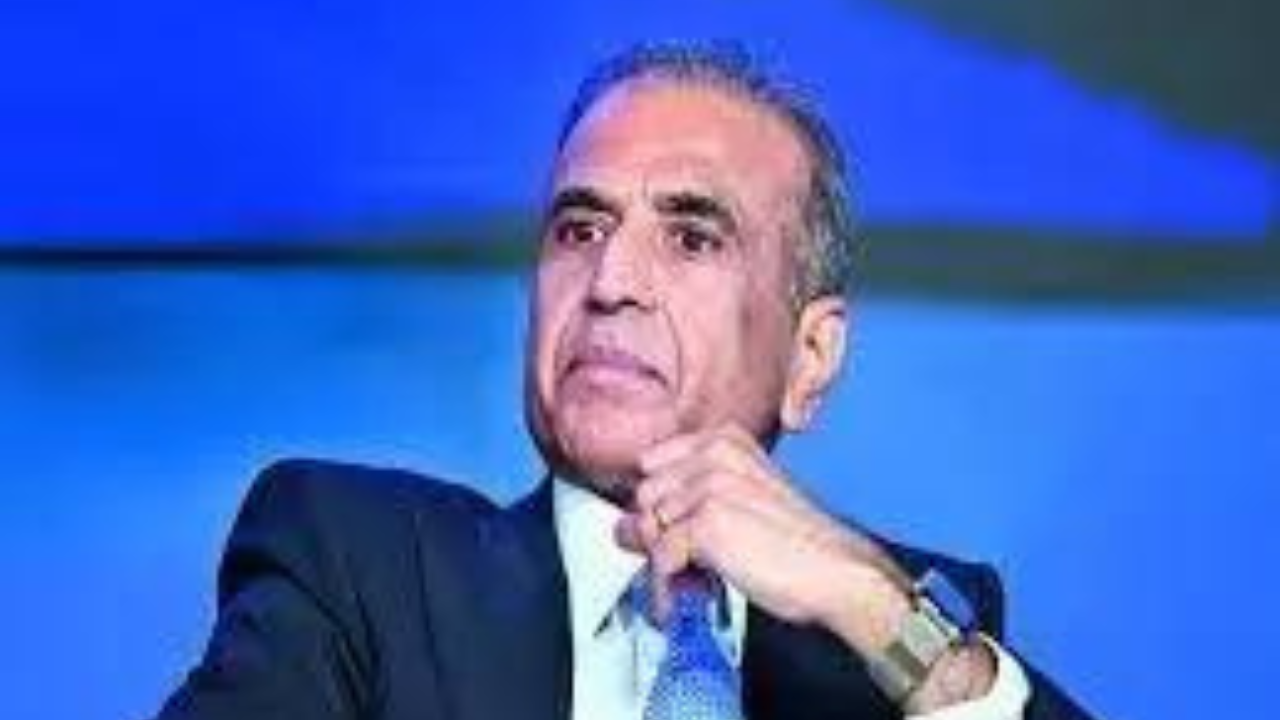How Zakir Hussain helped bridge the North-South divide in Indian classical music

Join our WhatsApp Community to receive travel deals, free stays, and special offers!
- Join Now -
Join our WhatsApp Community to receive travel deals, free stays, and special offers!
- Join Now -

The year is 2013. The location, Thiruvaiyaru in Thanjavur, the venue of a historic annual music festival honouring poet-composer Thyagaraja. It is the 150th year of the festival and an electrifying musical exchange is unfurling on the stage. Tabla maestro Zakir Hussain and thavil wizard Haridwaramangalam AK Palanivel are having a lively conversation on stage – but only their drums speak.
In the days following his death, bereaved admirers of Hussain’s have found solace in trawling the treasure trove of his works online. One video that has resurfaced to find a second round of viral viewership is his nearly hour-long jugalbandi with Palanivel.
Technically it is a trigalbandi, a trio, because the late mandolin genius U Srinivas is on the stage too. But after about 10 minutes he has ceded ground to the two drummers for some expansive play. And it turns out to be a joyous rhythm riot, marked by fun, fervour and incredible energy.
You could not have found two more dramatically disparate drums or musicians for a dialogue – the thavil is a resoundingly loud Carnatic instrument, mostly used to accompany the nadaswaram at outdoor ritual and festive celebrations, while the Hindustani tabla is a concert hall instrument, soft toned and rounded. The...
What's Your Reaction?
 Like
0
Like
0
 Dislike
0
Dislike
0
 Love
0
Love
0
 Funny
0
Funny
0
 Angry
0
Angry
0
 Sad
0
Sad
0
 Wow
0
Wow
0



















































